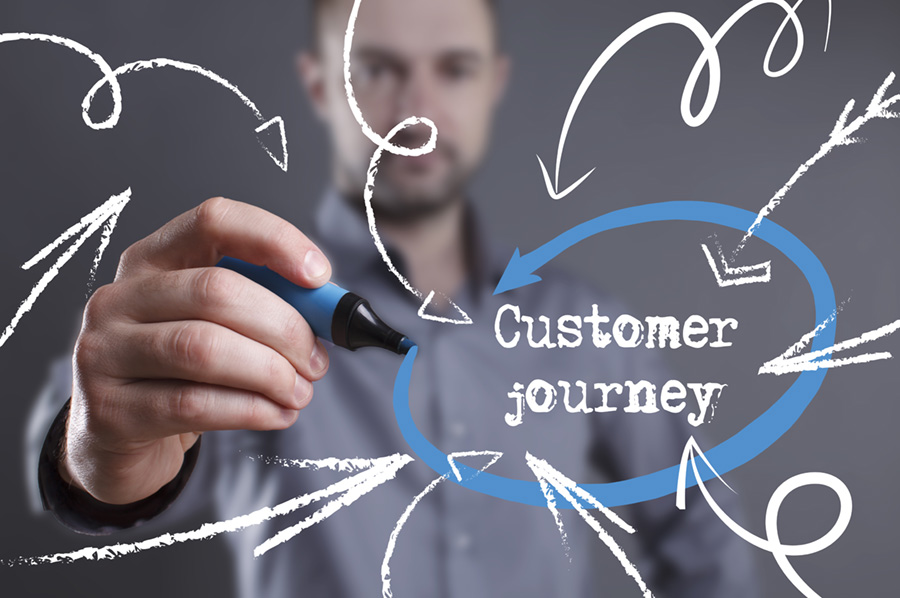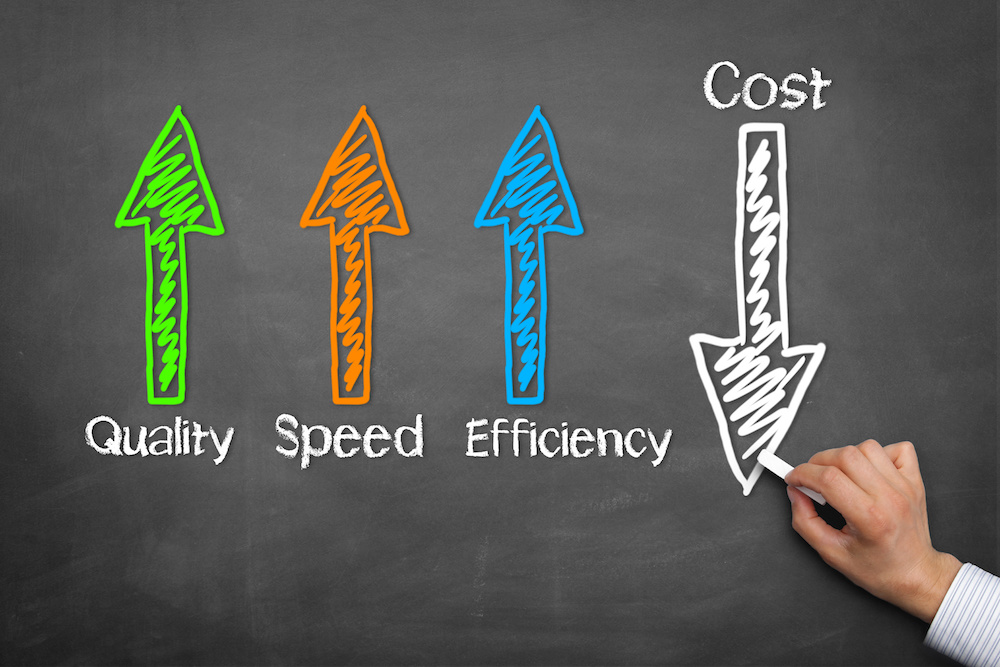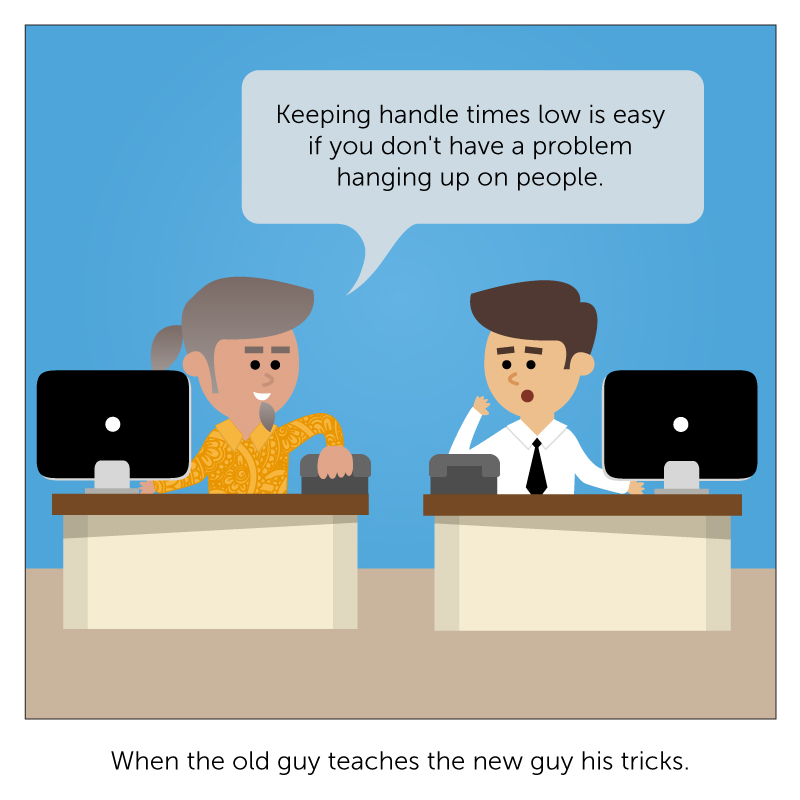In our last two articles, we discussed what Customer Journey Analytics is and why it is important to the contact center. Now let’s turn our attention to how you perform customer journey analytics with contact center data from your existing systems.
Customer Journey Analytics with Contact Center Data: Step One – Integrate Your Data
The good news is that you should already have the data you need to start doing Customer Journey Analytics, it’s in your Customer Relationship Management (CRM) or order entry application, your ACD, IVR, or other customer interaction systems. If you’re already on an integrated omni-channel contact center system, this step is much easier. If not, you need to adopt analytics technology that integrates data from all your contact center systems so you can perform customer journey analytics with contact center data:
- Map your data. A rose by any other name may smell as sweet, but while your email system calls it “Rose,” your CRM system may call it “Rose123.” You have to sort that all out before you can analyze anything. Doing this mapping will be much easier if you use an analytics application that is pre-built for contact center data and already knows what fields to expect from the different systems. While this type of mapping used to be restricted to big enterprises which invested heavily developing customer data warehouses for customer journey analytics, recent technology advances and the cloud have made it more accessible to any size business.
- If you are including unstructured data (like notes, email and chat content, web activities, etc.), you will need an analytics application that uses some big data or NoSQL technology.
- As part of this process, you’ll have to set up some rules that look at the values of the fields and records to determine which “events” are part of a given “transaction,” and which “transactions,” in turn are part of the same customer “interaction.” In other words, which records represent the same customer trying to accomplish the same thing in a single interaction, such as solving a customer service issue or making a purchase. And then the combination of interactions that resulted in the final outcome of solving the customer service issue or making a purchase. We call this combination of interactions “Engagements.” (This is where the importance of system integration comes in.) For example, BroadSoft CC-One uses Big Data and NoSQL technologies to implement “multi-source linking” that can find the fields and records from the different systems that are related to each other so you don’t have to set up the rules yourself.
Please refer to our previous blog “Customer Journey Analytics – Importance to the Contact Center” for an explanation of events, transactions, and engagements.
Customer Journey Analytics with Contact Center Data: Step Two – Combine Events
Now, focus on the engagements that cost the most or those that provide loyalty or upselling opportunities. Look at the events, transactions, and interactions that represent one customer trying to accomplish a goal. For example, say a customer trying to buy something first surfed your website, started a chat conversation, sent an email, and then made a phone call. You need to connect the dots on these interactions, and then look at the business outcome. Did they purchase, postpone their purchase, or did they leave?
Questions you want to think about while you analyze this data:
- In our hypothetical example above, our customer took four steps in their goal to buy something from you. Is that more steps than you expected? Is it possible to change things so they could get to the same point in fewer steps?
- Did the customer take a different path than you expected? Maybe the system was set up with the assumption that the customer could accomplish everything online and would not have to call. Does that mean something on your website is not going to plan?
Customer Journey Analytics with Contact Center Data: Step Three – Look for Trends
Take the data that you gathered in step two for multiple customers, aggregate that customer journey data and start to look for trends. An interactive, drag and drop analytics system will help you bring the data together and interact with it (otherwise it’s quite difficult to do with static reports.) Strong interactive graphics are valuable to see trends over time, and find relationships.
Questions to think about while you look for trends:
- What are the preferred channels for certain interactions? Do people always call for support, or do they more often turn to chat? Do they start with chat and then end up having to call? Do they prefer to call to order your products, or would they rather order online?
- While the person at the end of the path may get the credit for the sale, or the resolution, did someone else help along the way? Do you get more sales when customers reach that person, as opposed to someone else? Does that person do something special that everyone could learn from?
One BroadSoft CC-One Analyzer customer did this analysis and discovered that the callers who called during a certain time window in the evening and stayed on the phone for 45 minutes or more had the greatest probably to close. As a result, they shifted their agent schedules so the best closers were available at that time and they stopped goaling agents on the volume of calls, but instead goaled them on keeping the callers engaged and on the phone.
This is an iterative process, so the first data you bring together might not produce anything interesting. If that happens, try to segment and profile your data from different perspectives.
You Don’t Need a Data Scientist to do Customer Journey Analytics with Contact Center Data
If this sounds complicated, it doesn’t have to be. While there are tools to help the business person or contact center analyst, this process needs to be a collaborative one. Teams with an analyst, executive, and some mid-level managers can produce some of the best results as they interact with the data together. This is because different people from different perspectives see things in the data others might not. Getting a team perspective produces the best results.
Start Small
If performing customer journey analytics with contact center data sounds too daunting, we recommend you start small, just looking at one engagement at a time. (An engagement is all the thing a customer does to tackle one task, whether it is to buy something, get support, set up an account, get services, etc.) Pick the engagement with the highest value. Even if you start on a small scale, you will gain dramatic insights into your customer’s behavior by analyzing data at the interaction, engagement, and journey levels. With these insights, you can improve the customer experience and increase your value to the customer.
The white paper “Engagements: Understanding the Customer Journey” is also a source of valuable information.









